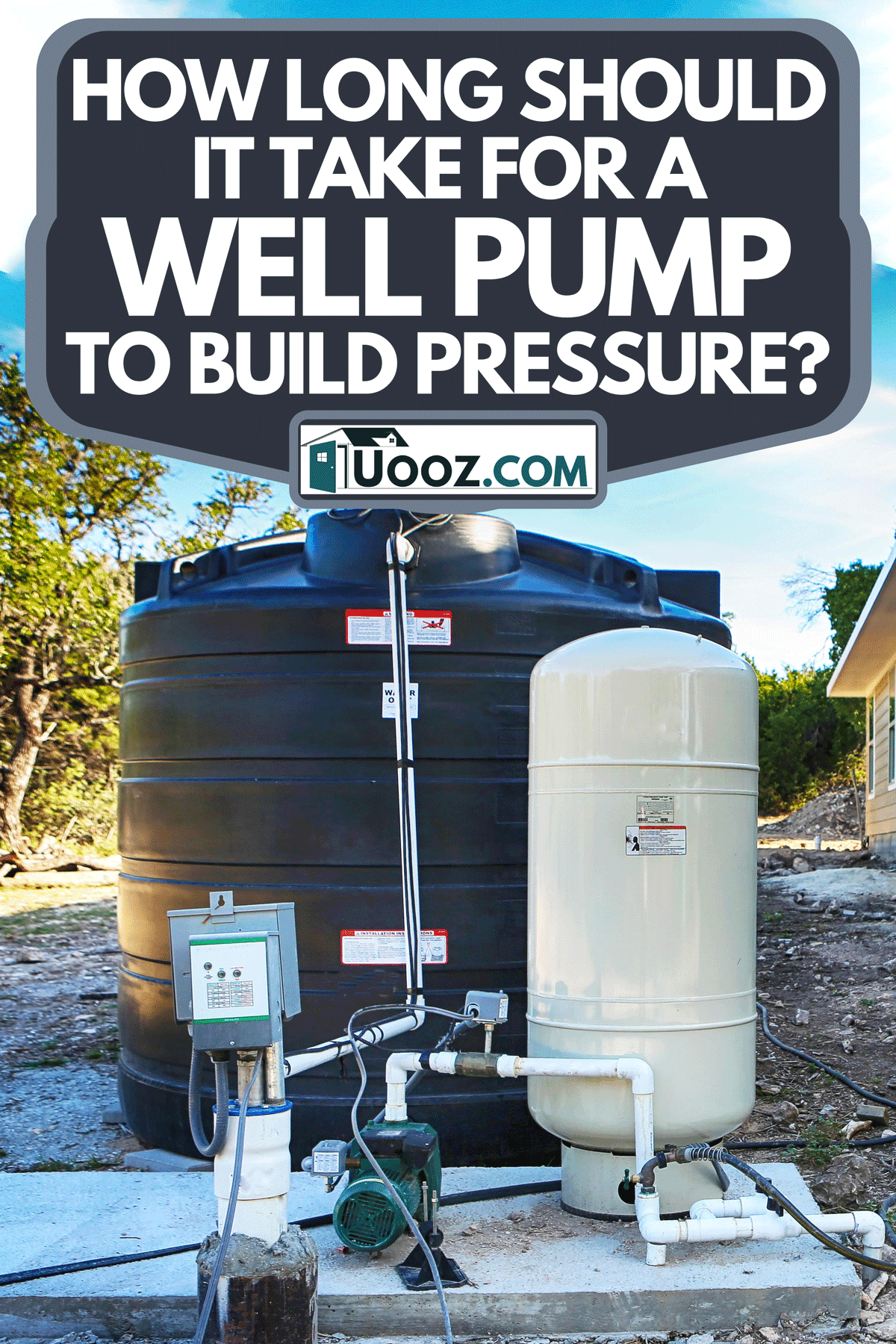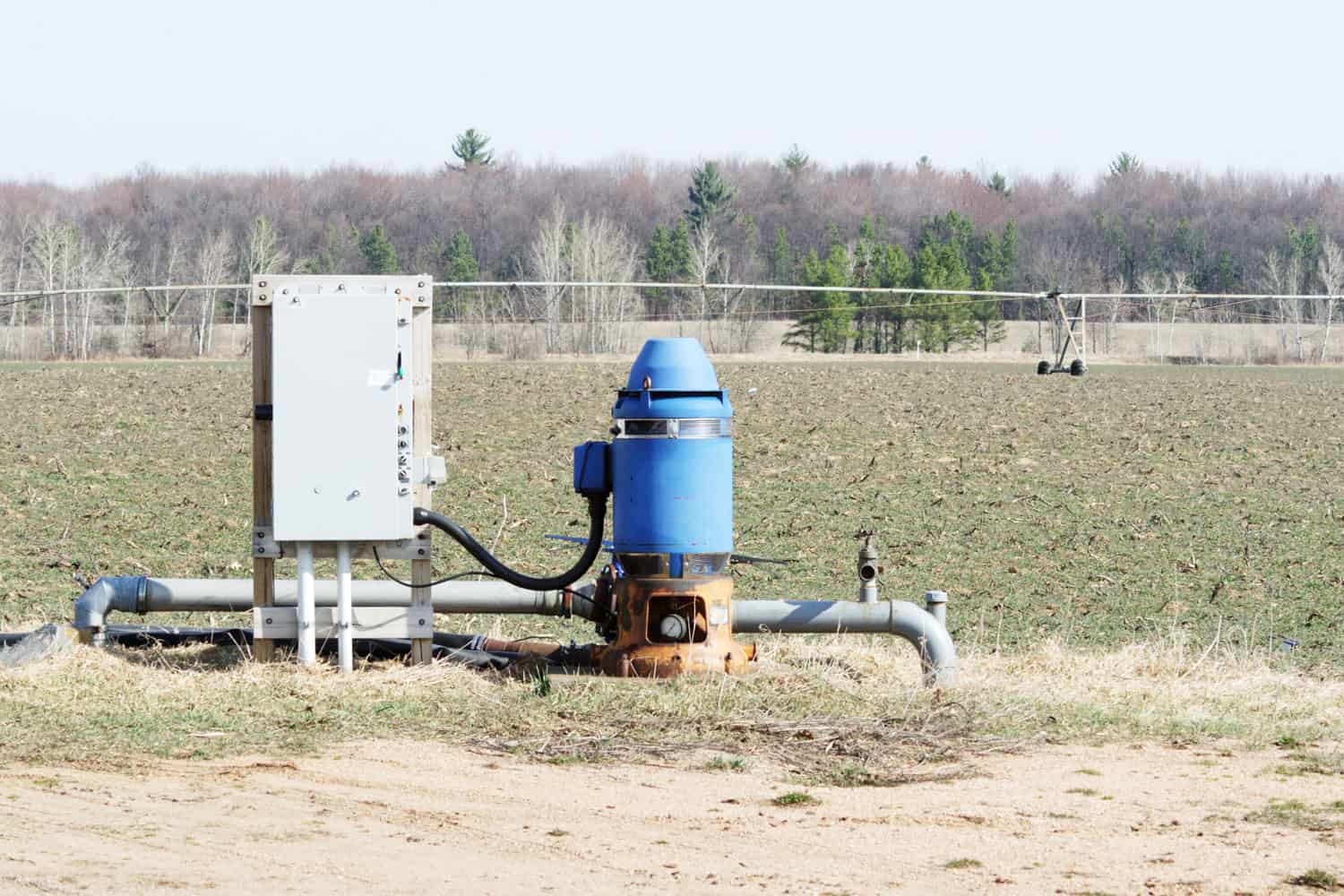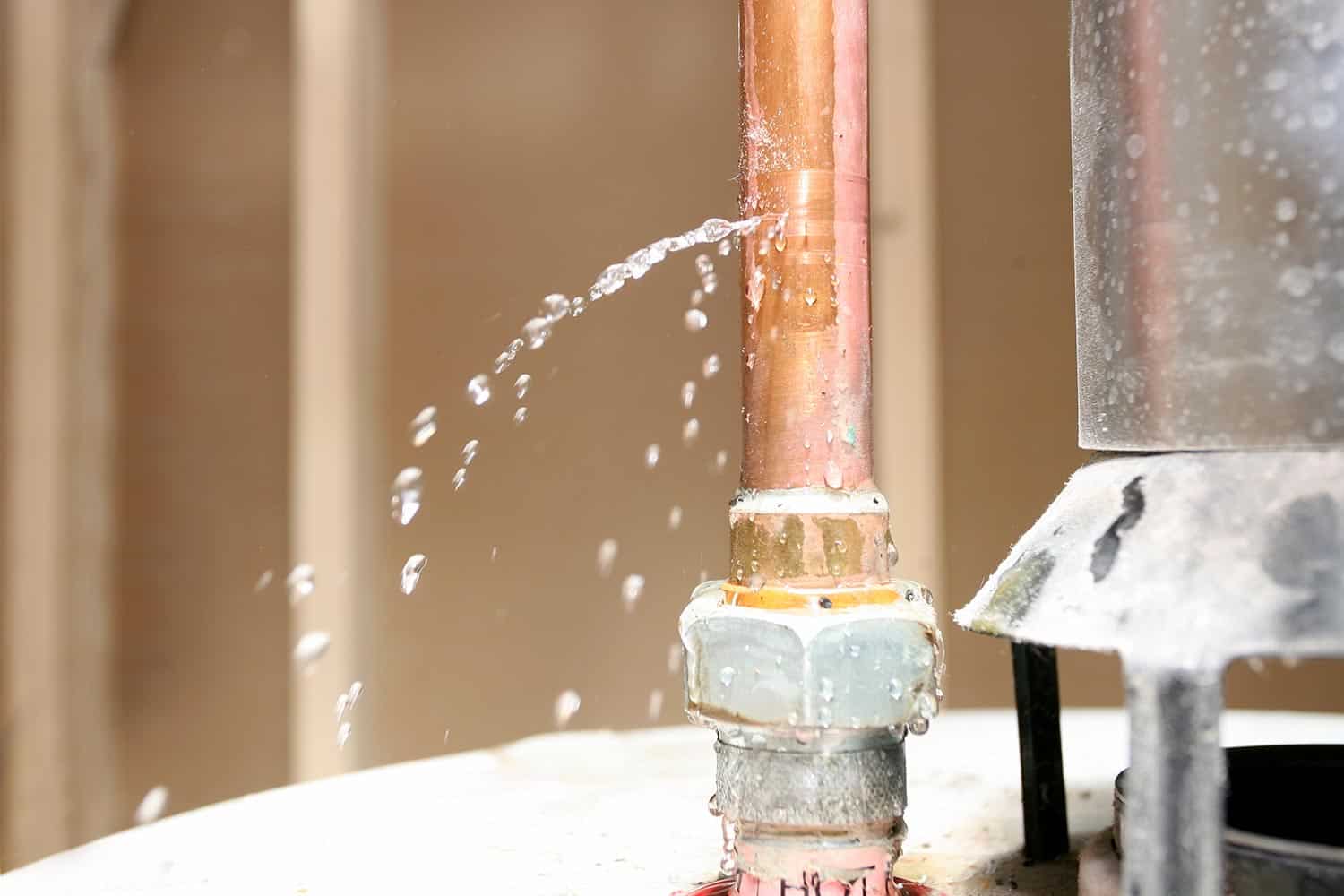Is your well pump slow to build pressure? If so, you are likely wondering if that is normal. We scoured the internet to give you the most reliable answer regarding this issue. See our findings below.
For average-sized pressure tanks, it typically takes between 30 seconds and two minutes for the pump to build pressure. However, larger pressure tanks can take up to three minutes. If your pump is taking longer than this, there is probably an underlying issue.
Now that you know the average time it should take for a well pump to build pressure, you need to understand how to troubleshoot your pump. Read along as we discuss reasons for pump delays, why your pump has no pressure, how long your pump should run between cycles, and more.

How Long Should it Take for a Well Pump to Build Pressure?
If you rely on a well pump for your residential water, you don't want to wait for long periods of time before the water pressure builds back up. If you have an average-sized tank, it should only take approximately 30 seconds to two minutes to build pressure. If your tank is on the larger size, however, it could take up to three minutes to rebuild pressure.

Adequate Tank Size
When considering low water pressure, it's important to understand that the pump is not the only culprit. Both the tank and the pump must work together in unison. The pump is responsible for pulling or pushing water from the well and sending it to the tank.
The pressure tank is filled with compressed air, allowing it to keep the water under pressure until someone turns on a faucet. Once water is dispelled, the pump will not send additional water to the tank until the pressure falls below a certain level.
With this in mind, your tank should be large enough to support your pump. If your family uses an excessive amount of water, you will need a larger tank to help take some of the stress off your pump.
Why Does My Well Pump Take So Long to Build Pressure?
If your pump takes longer than three minutes to build pressure, you will need to troubleshoot your system. The most likely cause is a buildup of sediment in your pipes. However, you could also be experiencing a faulty impeller or a hole/leak in your pipe.
Sediment Buildup
Well pumps are much different than city water systems. Water companies filter their supply and add chemicals to make sure the water is ready for drinking. This water is then stored in massive tanks.
Well pumps, on the other hand, draw water directly from the ground. Along with water, your pump also draws sediment into the system. Over time, this sediment can clog your pipes, causing low water pressure and a pump that is slow to build pressure.
Faulty Impeller
The impeller is the part of the pump that draws water from the well and moves it into the tank. Generally speaking, they usually last about ten years before they need to be replaced.
However, if your pump is overworked, you may have problems with your impeller much sooner than anticipated. Although some impellers can be repaired, it's more likely that you will have to replace it.
Click here to see impellers on Amazon.
Hole/Leak in Pipes

If your pump builds pressure but then loses it, you likely have a leak or a hole in your pipes. Check for any leaks, and repair them immediately. If you wait, it could compromise your entire water system.
What is the Normal Water Pressure for a Well?
Your well pump should have a water pressure of between 40 and 60 PSI. You can adjust this at the pressure switch. However, if you adjust tank pressure, you must also adjust the air charge. Keep in mind that if there is an underlying issue causing low water pressure, you won't be able to fix it by adjusting the pressure at the switch.
How Do I Increase Water Pressure from a Well?
If you wish to increase the water pressure from your well, you can do so by utilizing the pressure switch. You will see a gauge on your well's manifold. Next to the gauge, there is a box. Remove the cover from the box to reveal two switches. These will allow you to either increase or decrease the pressure from your well.
Check out this video for a visual guide:
What Causes Low Water Pressure?
There are several reasons you may be experiencing low water pressure from your pump. We discussed adjusting the pressure at the switch. However, sometimes, the pressure switch can get stuck or stop working altogether. Don't fret; this is a cheap and easy fix.
You can view replacements on Amazon.
Faulty Pressure Tank
If your pressure tank is malfunctioning or has inadequate pressure, it can cause you to have very little water pressure. If your tank has too much pressure, it will become completely empty, causing you to have a few seconds of no water. When the pump kicks back on, your tank will fill again.
If your tank has too little pressure, the well pump will kick on and off very frequently. This frequent cycling will put too much stress on your pump.
How to Check the Pressure
To check the air pressure in your tank, you just need to read the gauge on your tank manifold. Turn on a faucet to make your pump kick on, then you will be able to read the gauge.
Another level you need to check is the air charge. The air charge reading should be two PSI below that of the pressure tank. First, you'll need to turn off the power to the pump. Next, attach a hose to the boiler drain and empty the tank. Once the tank is empty, you'll use a tire pressure gauge to get a pressure reading.
On top of the pressure tank, you'll see a valve. Remove the cover, then press the tire gauge firmly against the valve stem. This will give you a pressure reading. If water comes out of the tank instead of air, your tank is faulty and needs to be replaced immediately.
Click here to see replacement tanks on Amazon.
Adjusting Air Charge/Pre-Charge
If your air charge level is more or less than two PSI below that of the tank, you need to adjust it. Keep in mind that if you make adjustments to one, you must also adjust the other.
This process is much like that of adding or removing air to your vehicle tires. You can use an air compressor to add air to the pre-charge. Simply place the compressor hose over the valve stem until you reach the desired PSI.
To remove air from the pre-charge, use the knob on your tire gauge. Push the knob into the valve stem. You will hear air escaping. Do this until you reach the desired PSI.
Watch this video for a visual guide:
Blocked Check Valves
To check for blockages in your check valve, you'll need to remove the valve from the system and check for sludge or debris. There will be a PVC pipe running from the pump to the ground. Using a hand saw, cut the pipe. The check valve should be inside.
Turn the pipe over, looking into it to see if there is anything blocking it. If you can clean it, give it a try, but it may be better to just replace the valve. Before installing the new valve, place a screen over it to help filter out foreign objects and sludge.
This YouTube video gives an excellent step-by-step guide.
How Long Should a Well Pump Run Between Cycles?
When your pump cycles, it is filling the tank with water. The tank does not refill after each use. Instead, it fills back up only once the water level dips too low.
Between each cycle, your pump should only run between 30 seconds and two minutes. The more your pump cycles, the more stress is placed on it. Therefore, you should make sure you have a large enough tank to support your needs, helping to extend the life of your pump.
In Closing
Well pumps should not take more than three minutes to build pressure, and this time can be as short as 30 seconds. If your pump is taking longer, you'll need to troubleshoot it. Using the above steps can help you revive your well pump, saving you both time and money.
If you still need information about well pumps, check out these other useful articles:
How Often Should You Service A Well Pump?



